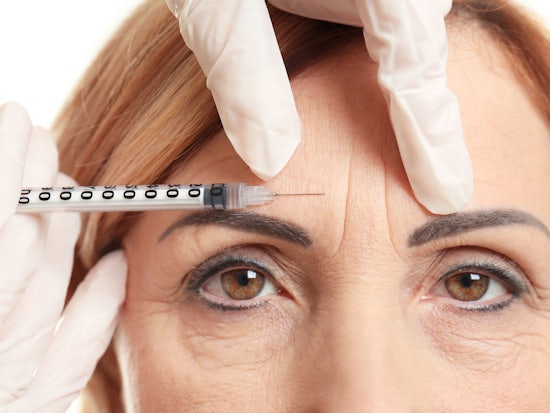More than skin deep
Renowned in the cosmetic industry for its ability to reduce facial wrinkles and fine lines, the drug Botox is heralded by some as a wonder anti-ageing agent.

The muscle-paralysing properties of Botox go way beyond aesthetical treatments (Source: Shutterstock)
Botox is made from a neurotoxin produced by the bacterium Clostridium botulinum; botulinum toxin is actually one of the most poisonous substances known to man, and in high concentrations if left untreated may result in respiratory failure and death.
However, in very small concentrations, its muscle-paralysing properties go way beyond aesthetical treatments – so much so The New York Times described it as ‘medicine’s answer to duct tape’ because of the wide variety of medical conditions it can treat.
Urinary incontinence
By injecting small doses into specific points in the bladder, Botox has been bringing relief to those living with urinary incontinence. Up to 50 percent of women aged 45-59 years of age experience some degree of mild, moderate or severe urinary incontinence and those treated with Botox have found the number of times that they had symptoms fall from six times a day to less than once a day.
Multiple Sclerosis
Many symptoms associated with multiple sclerosis can be treated with Botox, including relieving spasticity (inability to control muscles) affecting arms or legs, and also in some cases, spasms of the vocal cords.
Parkinson’s disease
Drooling in Parkinson’s disease is commonly caused by a pooling of saliva in the mouth. However, Botox can be used to decrease saliva production by injecting it into the salivary gland.

Essential tremor
Essential tremor can affect anyone at any age, but it is more common in older people. It is a nerve disorder causing uncontrollable shaking or tremors in different parts of the body including hands, arms, head, voice box, tongue and chin. Botox injections have been found to reduce tremors in the head and voice, and sometimes hand.
Bell’s palsy
Bell’s palsy is a paralysis or weakness of the facial nerve causing muscular weakness in one side of the face, usually causing that side of the face to droop. In some cases, muscles on the affected side become tight and Botox injections can be used to relax these muscles and to reduce any unwanted movement. In addition, it has been used on the unaffected side to help balance movement of the face or reduce muscle activity.
Chronic pain
Botox is also used to help manage chronic pain. By carefully analysing nerve, back, or other chronic pains, Botox is injected into the source of pain to ease muscles and hence reduce pain.
From helping people who are cross-eyed, have squints and experience eye twitching, to preventing headaches in adults with chronic migraines, treating those living with excessive sweating or hyperhidrosis the medicinal uses of the botulinum toxin is increasing. A recent study has even shown it can help those living with depression.
* disclaimer: The information in this article is provided as an information resource only, and is not to be used or relied on for any diagnostic or treatment purposes. This information is not intended to be patient education and should not be used as a substitute for professional diagnosis and treatment. Please consult your health care provider before making any healthcare decisions or for guidance about a specific medical condition.











![The new Aged Care Act exposure draft is slated for release in December of 2023, but advocates hope to see it rolled out on January 1, 2024. [Source: Shutterstock]](https://agedcareguide-assets.imgix.net/news/articles/wp/agedcareact__0811.jpg?fm=pjpg&w=520&format=auto&q=65)












Comments